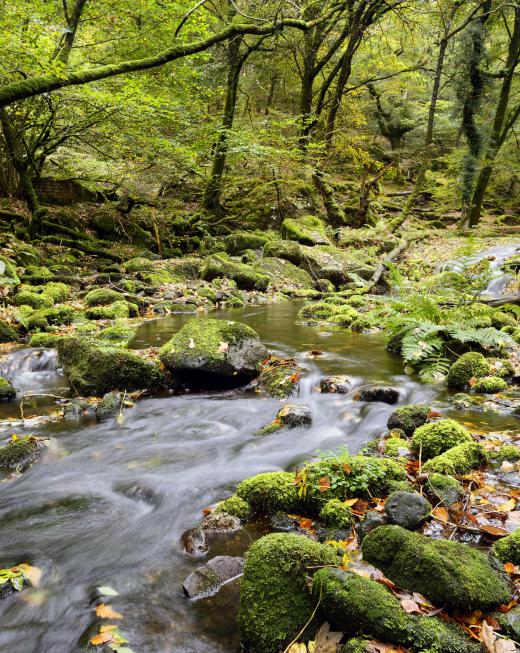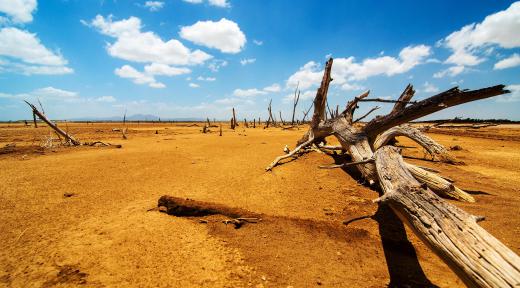What is a Groundwater Aquifer?
A groundwater aquifer is an underground layer that holds water within soil, porous rock, or similar material. Groundwater is the term used to refer to water that exists in the ground, as opposed to surface water, which occurs in ponds, streams and other bodies of water. Groundwater can be found in nearly all areas of the Earth’s surface, but the term groundwater aquifer usually refers to layers that are saturated with water; that is to say that all of the available space, such as between soil particles or in pores in the rock, are filled with water.
A groundwater well may be used to extract water from a groundwater aquifer and may make up a very important part of a region’s water resources, particularly in arid areas or deserts where surface water may be scarce. As a source of sustainable drinking water, a groundwater aquifer normally requires a means of recharging. Most groundwater aquifers are replenished via rivers or rain. This water may seep into the groundwater aquifer as groundwater flow through the soil. Sometimes an aquifer may fill up during a rainy season, and then gradually dry out during the summer.

The depth at which a groundwater aquifer is found in a particular geographic region usually depends on the level of the water table in the area. The water table refers to the depth under the ground at which the pressure of groundwater is equal to the pressure of the atmosphere, and usually is regarded as the top level of accessible groundwater in a given area. It is important to realize that the water table depth changes with time, and there may be a significant difference in the water table depth from season to season. This may affect the depth at which local groundwater aquifers are accessible.

Given the important human reliance on groundwater aquifers in some areas, the management and maintenance of these water sources may be a vital consideration. Some of the issues facing groundwater aquifers may include surface subsidence; water depletion, if water is constantly being removed from the aquifer too quickly for it to naturally replenish; and groundwater contamination. Contamination may occur in freshwater aquifers, especially near the sea, if too much water is removed and saltwater is drawn in. This problem is also sometimes called saltwater intrusion.
AS FEATURED ON:
AS FEATURED ON:













Discussion Comments
@anamur-- I just learned about this, so I can tell you!
Unconfined aquifers are near the ground surface and confined aquifers are below unconfined aquifers. The way I remember it is that confined aquifers are stuck between two layers, and nothing can get past these layers so this kind of aquifer remains the same amount.
When it is unconfined, it is close to the surface and the water amount can change because there is no layer of rock or sediment above.
I'm working on an assignment and it is asking about the difference between a confined and unconfined aquifer. Can anybody tell me what the difference is? And which is found deeper in the soil?
We have a summer house near the beach and every house has a groundwater well there. Not many people live there during the winter, so there is no problem with the aquifer being full.
People use groundwater not just for watering plants and trees, but they also use it for showering after swimming. It's a really cheap way to have enough water, especially because it gets so hot there in the summer. I don't know what people would do if there wasn't groundwater or if the aquifers dried up. I doubt there would be any residents there in the summer.
Post your comments